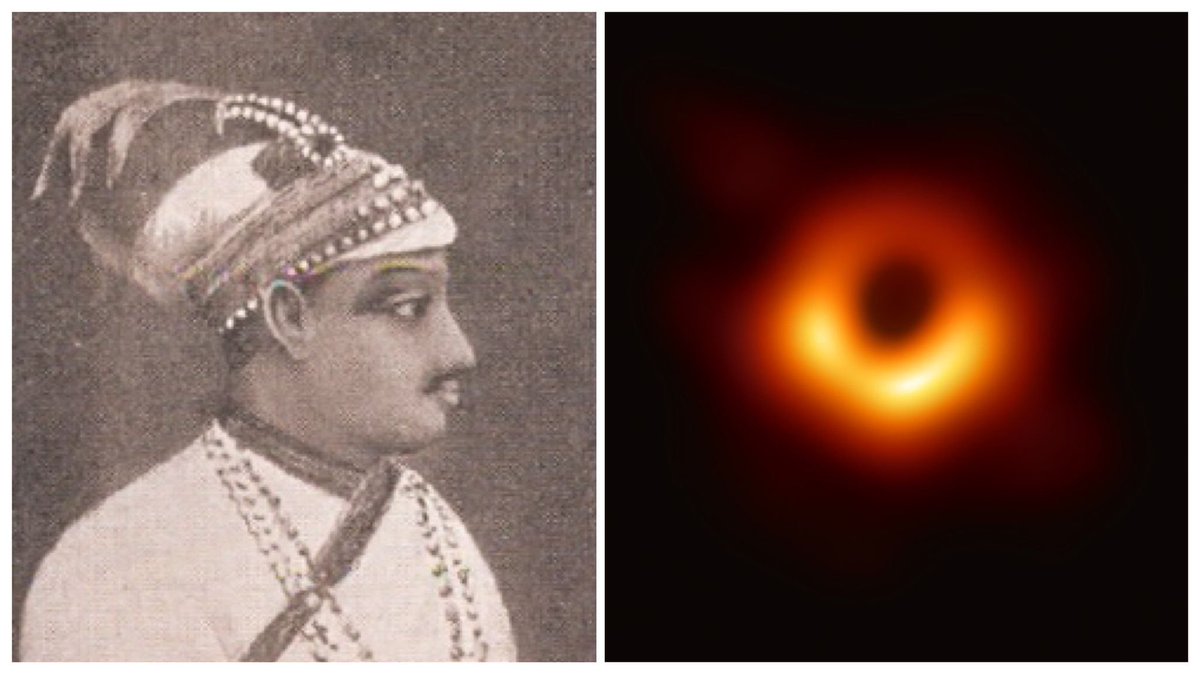
Indomitable Sudha Chandran dancing with a prosthetic leg has mesmerized millions for decades. But we seldom remember the brilliant minds who made it possible. The story of Jaipur foot. 1/13
The Jaipur foot is a rubber-based prosthetic leg for people with below-knee amputations. Although it is qualitatively inferior to other advanced alternatives, it became immensely popular in developing nations due to its cost-efficiency. 2/13 

The magic happened in Jaipur, in 1968 when the brilliant Dr. Pramod Karan Sethi, an orthopaedic surgeon and a fellow of Britain's Royal College of Surgeons, met Masterji Ram Chandra, a prolific artisan who had barely studied till the fourth grade. 3/13 

Masterji was a genius craftsman, with a creative mind and endless imagination. He had observed Dr. Sethi treating his patients at the Sawai Man Singh Hospital, where he used to teach art as therapy to polio victims. 4/13 

One day, while riding his bicycle to the hospital, Masterji had a flat tire. He went to a nearby repair shop and observed the repairman fixing a truck tire with vulcanized rubber. That was the eureka moment. 5/13
He raced to the hospital, discussed his idea with Dr. Sethi and rushed back to the cycle shop with an amputee patient and a foot cast. He had the repairman cast a rubber foot for the patient. This was the first prototype of the famed Jaipur foot. 6/13
During the initial years, Jaipur foot struggled for success, but things suddenly changed when the Afghan War started in the late 1970s. This was a war notorious for certain ‘Green Parrots’ that changed the destiny. 7/13
Green Parrot is a nickname given to PFM-1 - an anti-personnel land mine deployed by the Soviet Army during the Afghan War. It had claimed a high number of casualties, including many children as they mistook them for butterflies or toys. 8/13 

However, the mines were not intended to kill as they were made of plastic but treating the injured victims was a herculean task for the Red Cross nurses. In those trying times, they discovered Jaipur Foot, a perfect limb for the war-torn Afghan terrain. 9/13
Word about the Jaipur Foot spread even more rapidly in India when actress Sudha Chandran, aided by the Jaipur Foot, danced in a Telugu movie Mayuri (1981) and its Hindi adaptation Nache Mayuri (1984), based on her real life. 10/13 

Jaipur foot started gaining popularity in India and worldwide and today millions of land-mine amputees from different war-torn areas of the world know the name of the remote little town of Jaipur. 11/13
Jaipur foot was never patented or standardized and Masterji Ram Chandra hardly received due credit, any award or compensation. But he never had bitter feelings for Dr. Sethi who ended up winning the awards. 12/13
When he was asked about the injustice, he answered, “People said I would be a rich man if we had patented the Jaipur foot, but it's enough satisfaction for me to see the joy on that girl's face when she walks again." 13/13 

Source: The $28 Foot/The Times/Tim McGirk. Nach Mayuri movie. Jaipur Foot(BMVSS) YouTube Channel. The Lancet. Science Museum Blog. IEEE EMB/Harish Mysore.
• • •
Missing some Tweet in this thread? You can try to
force a refresh















